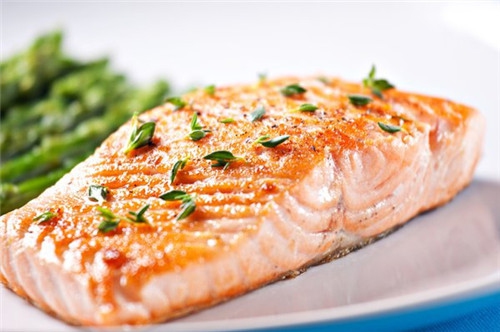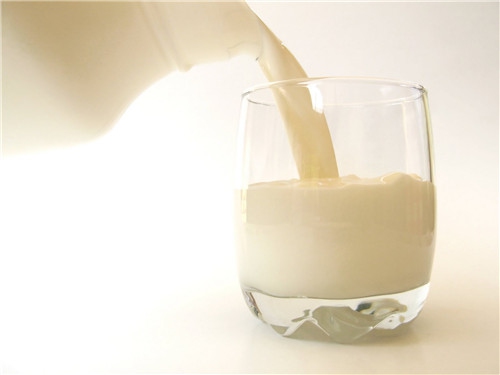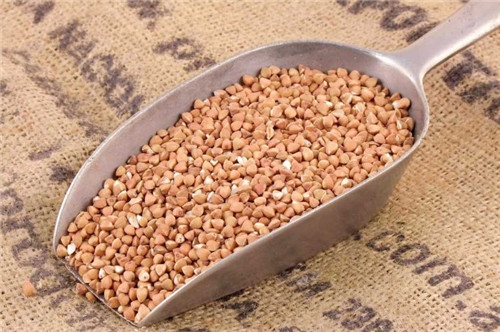If you have been diagnosed with high blood pressure, or hypertension, your have mostly likely been advised by your doctor to change your eating habits. According to the National Institutes of Health, a diet which is rich in nutrients and low in sodium has shown to help lower high blood pressure naturally. The best thing about your new diet is that it will still be rich in flavor. You can try out these foods that lower blood pressure and begin including them into your meals. Your heart and your taste buds will thank you.
Foods That Lower Blood Pressure
Cold Water Fish
Cold water fish are rich in omega-3 fatty acids, which are famous for their anti-inflammatory and cardiovascular benefits. Omega-3 fatty acids are essential since your body cannot make them. They reduce many different cardiac risk factors positively, like blood triglycerides, atherosclerosis, and heart rate. They can lower blood pressure and lower the risk of stroke and heart attack.
The best sources include wild salmon, mackerel, tuna, trout, cod, herring, halibut, and sardines. 2 servings each week that contain 6 ounces of cold water fish is recommended and is safe amount for most people, even women who are pregnant or nursing.
Note: If you have a bleeding disorder, bruise easily or you’re taking blood-thinning medications, speak with your doctor first.
Celery
Celery has phytochemicals which are known as phthalides. These will relax the muscle tissue in the artery walls, increasing more blood flow, thus lowering blood pressure.
Eating 4 stalks of celery each day could be helpful in lowering your blood pressure. You can add a tablespoon of unsalted peanut or almond butter for some protein, as both are high in monounsaturated fat.
Whole-Grain Oats
The magnesium and fiber in oats has beneficial effects on blood pressure. Plus, oats help to slow atherosclerosis, which is the buildup of plaque which happens in blood vessels.
You should try to get 1 serving per day, or a minimum of 5 servings each week. for added potassium and calcium, you can eat whole-grain oatmeal with bananas an skim milk, or put a bit of oat bran on your salads and cereal. Loose oats can make a great thickener for stews and soups as well.
Berries
Berries, such as blueberries, raspberries and strawberries, are great foods that lower blood pressure. They are all in high in fiber, with raspberries having the most. Pterostilbene is found in blueberries, which helps stop plaque buildup in your arteries. Plus, there are anti-inflammatory properties to berries.
Just a cup of berries gives you more than 33% of the daily value of fiber for only 60 calories. 8 ounces of strawberries gives you 136 percent of the daily value in vitamin C. Eat at least 1 serving of berries each day, either frozen or fresh.
Low-Fat Dairy
The small amount of fat in low-fat dairy is good since it will raise the bioavailability of calcium. This makes it easier for the body to absorb it. Plus, dairy and milk products give potassium and magnesium which assists in lowering blood pressure.
A study has shown that people who ate over 3 servings each day of low-fat dairy had a blood pressure reading of 2.6 points less than anyone who late less than a half serving each day.
Watermelon
Watermelon is one of the richest sources of natural L-citrulline which helps to regulate both blood pressure and blood flow. Natural sources of the amino acid are able to have a positive effect that prevents pre-hypertension from turning into full hypertension.
Adding some watermelon cubes in your salad or drinking watermelon juice is good option for eating this fruit. Keep in mind that watermelon also contains a lot of sugar.
Bananas
Bananas are full of potassium, therefore making bananas one of the known foods that lower blood pressure. Potassium helps to balance the effects of salt on your body and aids the proper function of the kidneys.
Daily banana consumption can assist in lowering blood pressure. It has been shown that 2 bananas per day can lower your blood pressure by 10%.
Egg Whites
Egg whites are high in protein and have a peptide that lowers blood pressure. Egg whites have been shown to lower your blood pressure as much as a low dose of a prescription drug can.
Start your day off with some eggs as your blood pressure easing breakfast. But go easy on the yolk!
Dark Chocolate
Cocoa will increase nitric oxide, which is a chemical that occurs naturally in our bodies. It acts on small receptors in blood vessels and helps them to dilate. This will in turn lower blood pressure. In a study of older adults who had pre-hypertension or hypertension who ate a small amount of dark chocolate each day for 18 weeks, they saw a reduction in hypertension of almost 20%.
Sometimes giving yourself sweet treats is not a bad idea. Eat a small amount of dark chocolate each time is OK. But keep in mind that you should not indulge your chocolate cravings whether you have high blood pressure or not.
Buckwheat
Diets which include buckwheat are linked to a lesser risk of developing high blood pressure and high cholesterol. This is partly due to the big supply of flavonoids, especially rutin. These are phytonutrients which protect against disease by extending vitamin C’s ability and acting as antioxidants. Rutin and other flavonoid compounds are responsible for the lipid-lowering activity of buckwheat. The compounds assist in maintaining blood flow which keeps platelets from clotting. Buckwheat also has magnesium which relaxes blood vessels and improves blood flow and the delivery of nutrients while lowering blood pressure.
Eating a serving of buckwheat 6 times or more per week or drinking buckwheat tea every day is a great idea for postmenopausal women with high blood pressure, high cholesterol or other signs of cardiovascular disease.












View All Comments /Add Comment